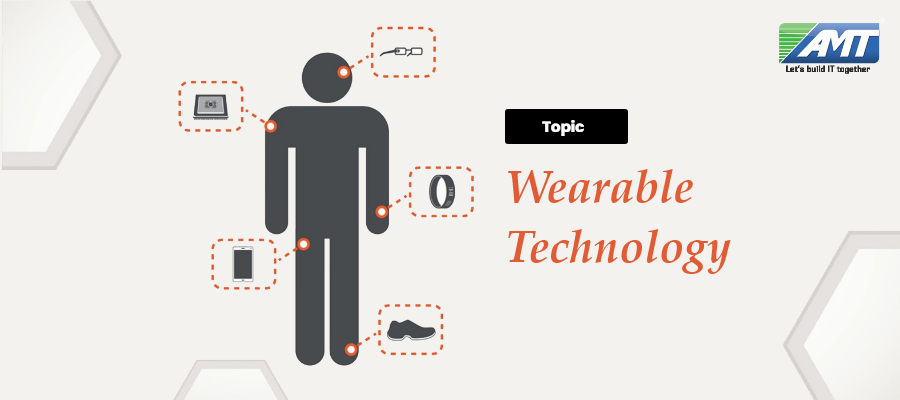Wearable technology, wearables, fashion technology, tech togs, or fashion electronics are smart electronic devices (electronic device with micro-controllers) that can be incorporated into clothing or worn on the body as implants or accessories.
The history of wearable technology starts with the watch, which was worn by people to tell time. In 1500 the German inventor Peter Henlein created small watches which were worn as necklaces. A century later, men began to carry their watches in their pockets as the waistcoat became a fashionable item, which led to the creation of pocket watches. Wristwatches were also created in the late 1600s but were worn mostly by women as bracelets. Over time, the watch become smaller and more precise. In 1904, the aviator Alberto Santos-Dumont pioneered the use of the wristwatch as it allowed him to have his hands unoccupied when piloting. This proved that the wrist is a convenient place to wear a watch which led people to start using wristwatches. People started to create wearables to use in every occasion, from tools that help them win in gambling games, to rings used as a computational device by traders, to electronic headbands used as a costume in theaters, and a wearable camera strapped to a bird to take aerial photos, among others.
Modern wearable technology is related to both ubiquitous computing and the history and development of wearable computers. Wearables make technology pervasive by incorporating it into daily life. Through the history and development of wearable computing, pioneers have attempted to enhance or extend the functionality of clothing, or to create wearables as accessories able to provide users with sousveillance — the recording of an activity typically by way of small wearable or portable personal technologies. Tracking information like movement, steps, and heart rate is part of the quantified self movement.
Wearable devices such as activity trackers are an example of the Internet of Things, since “things” such as electronics, software, sensors, and connectivity are effectors that enable objects to exchange data (including data quality) through the internet with a manufacturer, operator, and/or other connected devices, without requiring human intervention.
Wearable technology has a variety of applications which grows as the field itself expands. It appears prominently in consumer electronics with the popularization of the smartwatch and activity tracker. Apart from commercial uses, wearable technology is being incorporated into navigation systems, advanced textiles, and healthcare.
The following methods and techniques explain the manufacturing process of clothing from fiber to garment and the insertion of electronics to the process.
E-textiles, also known as smart textile and digital textile was first experimented in at the end of the 19th century during the Second Industrial Revolution when the public became familiar with electric appliances.
The basic e-textile materials consists of traditional fibers such as cotton and silk, synthetic substances, and conductive materials like stainless steel yarn and silver threads. With the development of conductive yarns, it has been proven that conventional fabrication methods can be used to product e-textiles as well. This development includes the coating of non-conductive fiber (like Polyester PET) with conductive material such as metal like gold or silver to produce 24K gold coated yarns or silver coated yarns to produce e-textile.
Smart fabrics production processes are being developed where stretchable circuits are printed right into a fabric using conductive ink.
Common fabrication techniques therefore include the following:
- Embroidery
- Sewing
- Weaving
- Non-woven
- Knitting
- Spinning
- Breading
- Coating
- Printing
In the consumer space, sales of smart wristbands (aka activity trackers such as the Jawbone UP and Fitbit Flex) started accelerating in 2013. One in five American adults have a wearable device, according to the 2014 Price Water house Coopers Wearable Future Report. As of 2009, decreasing cost of processing power and other components was facilitating widespread adoption and availability.
In professional sports, wearable technology has applications in monitoring and real-time feedback for athletes. Examples of wearable technology in sport include accelerometers, pedometers, and GPS’s which can be used to measure an athlete’s energy expenditure and movement pattern.
The above is a brief about Wearable Technology. Watch this space for more updates on the latest trends in Technology.
